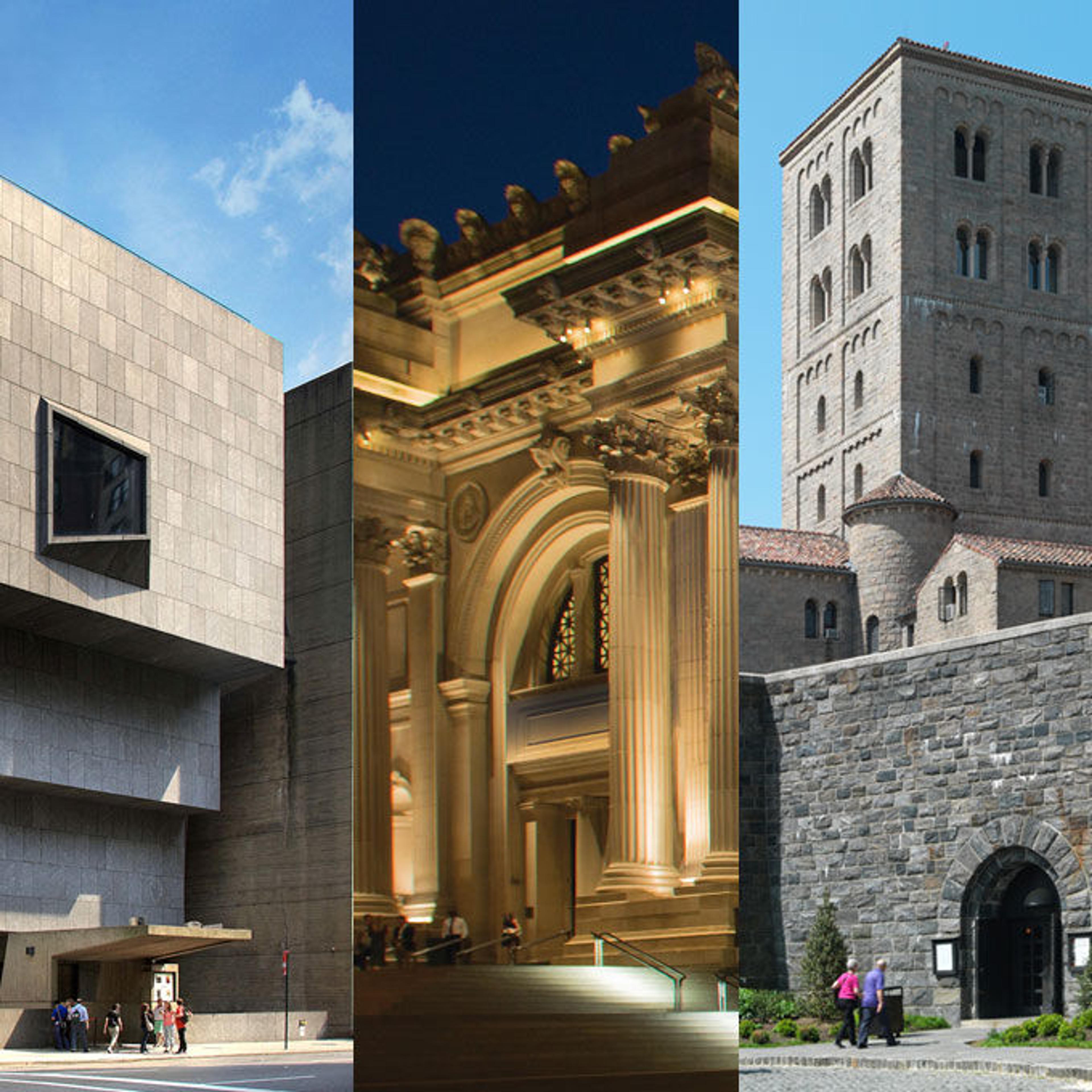«Many visitors may not realize that the Museum's staff includes ten scientists, with backgrounds in chemistry, biology, geology, or engineering. As part of the Department of Scientific Research, we study the materials and the technologies that were used in creating works of art, and we collaborate with curators and conservators on art historical studies, conservation research, and conservation treatments.» We also investigate the deterioration of works of art and the methods that can be employed to prolong their lives. You may have seen some of our scientists examining works of art in the galleries, as this photograph of an X-ray fluorescence spectrometer in the New Greek and Roman Galleries demonstrates:
Nondesctructive elemental analysis by X-ray fluorescence spectroscopy of a Roman statue dated to A.D. 14–68 (marble, h. 49 5/8 in.; The Metropolitan Museum of Art, New York, Rogers Fund, 1909 [09.39]) in the New Greek and Roman Galleries.
You may also have read detailed accounts of our studies in the Museum's catalogues, such as the recent medieval sculpture catalogue Set in Stone, or an upcoming Chinese sculpture catalogue, which feature extensive essays in materials and techniques, or the Summer 2009 issue of The Metropolitan Museum of Art Bulletin, which was dedicated entirely to the work of the department.
More examples of the Met scientists' work will be featured in several upcoming exhibitions. Picasso in The Metropolitan Museum of Art (on view April 27–August 1, 2010) will include a study of the materials and techniques used by Pablo Picasso in his paintings and works on paper. The photograph below shows two of our scientists using gas chromatography–mass spectrometry to identify paint components for this exhibition.
Julie Arslanoglu (left) and Adriana Rizzo (right) using gas chromotography–mass spectrometry, the standard technique for identifying organic materials in paints or varnishes.
The reopening of the Musical Instruments galleries in March 2010 will bring back on view the elaborate Roman Baroque Harpsichord by Michele Todini (Italian, ca. 1660–1676), one of the highlights of the Met's Crosby Brown Collection of Musical Instruments. The harpsichord's sculptural group is currently being studied by the department, in collaboration with the Department for Objects Conservation. And in the fall, the exhibition Man, Myth, and Sensual Pleasures: Jan Gossart's Renaissance will feature a study of materials, techniques, past restorations, and pigment color changes in Gossart's paintings, in collaboration with the Paintings Conservation department.
The department has recently begun publishing information and photos about ongoing activities in a new section of this site, and we'll be updating the content regularly. In the meantime, we're making exciting discoveries on both well-known and lesser-known objects in our collection. For example, Hokusai's print The Great Wave at Kanagawa, one of the masterpieces of the genre, was long thought to have been painted with the imported and fashionable colorant, Prussian blue. Our ongoing analysis of this print (the Met owns several exemplars) and other related prints in fact shows a more sophisticated approach, in which Japanese printers were mixing the new imported color with traditional dyes to obtain a range of effects. The characteristics of these mixtures may even give us a way to distinguish different editions and printers.
The work of the Met's scientists was recently in the news (see related articles, below) for a recent discovery on ancient technology: one of the earliest examples of advanced chemistry at work. Using surface-enhanced resonance Raman scattering (SERRS), we found that a small leather fragment in the Egyptian collection was painted with a pigment called madder lake, obtained by extracting a pink colorant from a plant root and precipitating it with an aluminum salt. A staple of Renaissance painting, madder lakes were not known to have been made by artists before 1300 b.c. The Met's fragment, dated to approximately 2000 b.c., shows that the chemical knowledge of the ancient Egyptians was even more advanced than previously thought.
Marco Leona is the David H. Koch Scientist in Charge of the Department of Scientific Research.
Related Articles
"Microanalysis of organic pigments and glazes in polychrome works of art by surface-enhanced resonance Raman scattering" in Proceedings of the National Academy of Sciences of the United States of America
http://www.pnas.org/content/early/2009/08/07/0906995106.abstract
"Artful Science: Peering into Ancient Pigments" in Scientific American
http://www.scientificamerican.com/article.cfm?id=artful-science-peering-in
"Dye-ing to study history? Follow the colors" on WPVI Action News
http://abclocal.go.com/wpvi/story?section=news&id=6959271
